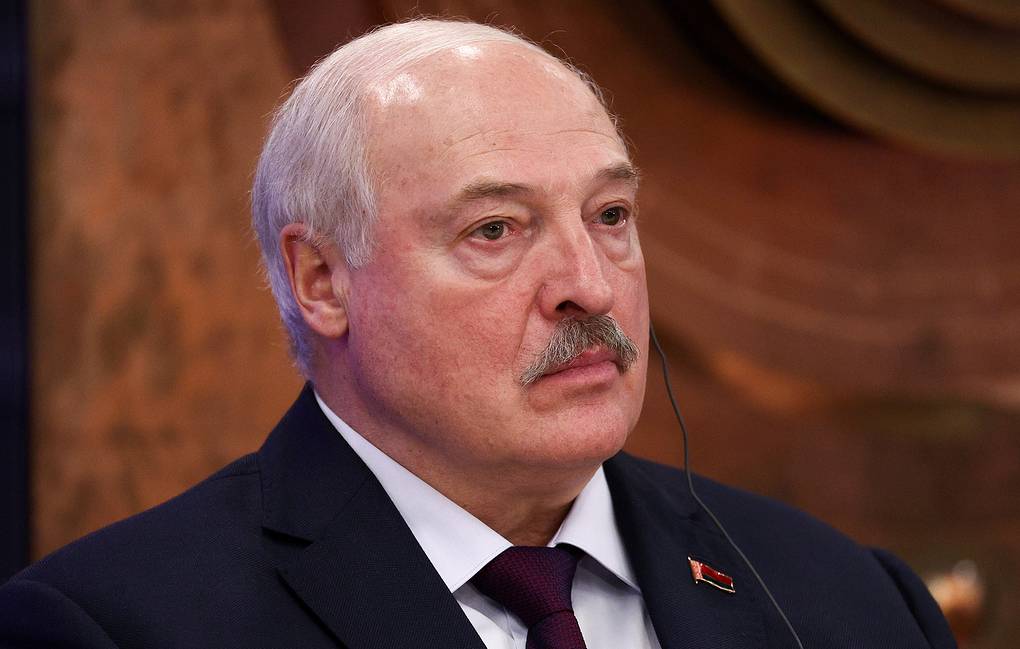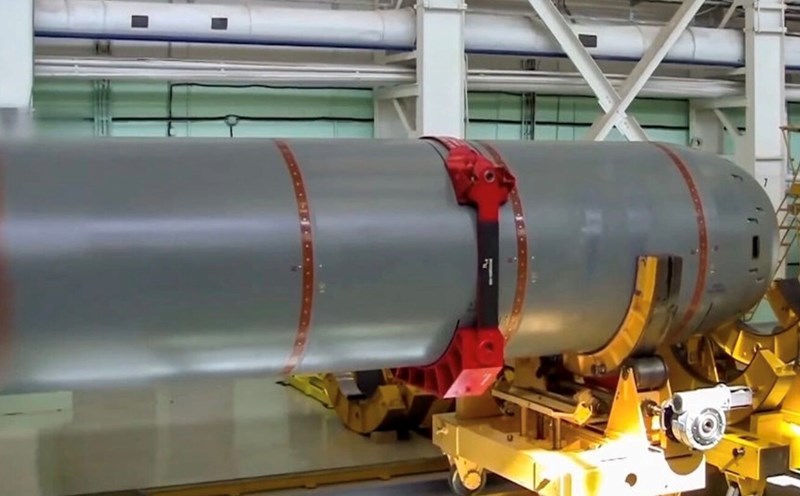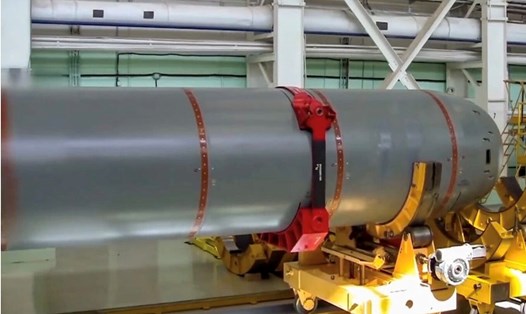Belarus President Alexander Lukashenko affirmed that the Oreshnik missile system - one of Russia's latest tactical weapons - will not stand still but will continue to move throughout the territory when deployed in Belarus from next December, in the context of Washington still having a lack of uncertainty about the scale and position of Russian tactical nuclear weapons in Belarus.
We will not disclose any details. This is a mobile system, it will never be left in one place. The Oreshnik hypersonic missile will patrol many areas and, if necessary, can attack from many different directions, Lukashenko said in an interview with Belarus' BelTA news agency.
The Belarusian leader also said that the US still does not have accurate information about the presence of Russian tactical nuclear weapons in Belarus.
The US still says it does not know whether we have nuclear weapons or not. That's fine, let them Guess. We have warned them, but we will not specify how much, where, or how good it is. That is our business. Everyone is in a safe place, he added.

According to Mr. Lukashenko, these weapons were brought to Russia for maintenance and then returned to Belarus with the latest improvements. However, he stressed that Minsk would keep it a secret, not to the people in the country, but to external subjects.
The deployment of Russian tactical nuclear weapons in Belarus was announced by President Vladimir Putin on March 25, 2023, at Minsk's request, similar to what the US has done over a long period of time in the territory of its allies. In April 2024, Lukashenko confirmed that dozens of nuclear warheads were in the country.
According to the Russia-Belarus State Security Assurance Treaty, effective from March 13, 2025, the two sides consider the Russian nuclear force a strategic deterrent, preventing nuclear and conventional conflicts. The use of this type of weapon, according to the agreement, is only implemented as a "last and necessary measure".
The Oreshnik missile is considered one of the most flexible attack platforms Russia has ever developed, with the ability to deploy quickly, change positions and be able to carry small nuclear warheads. Sending the Oreshnik to Belarus not only strengthens Minsk's defensive shield, but also increases strategic pressure on NATO, especially on the Asian side of Eastern Europe.











